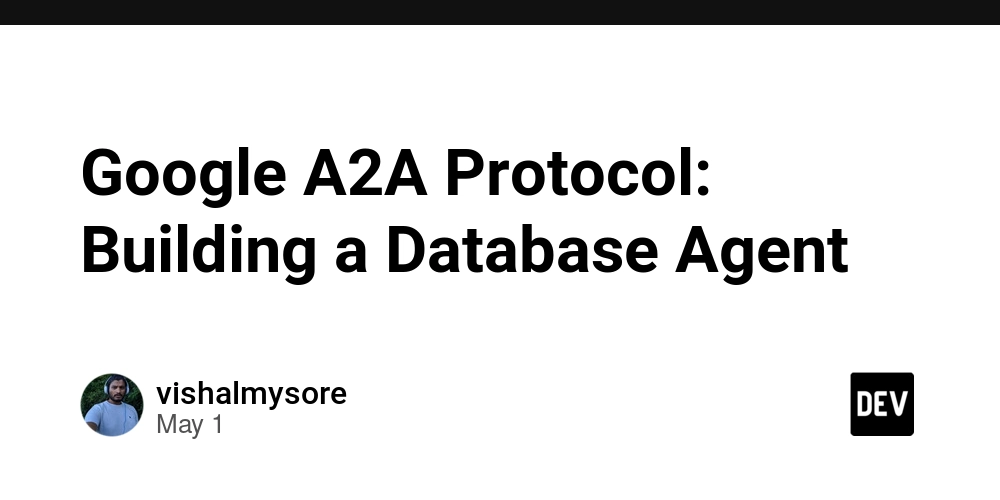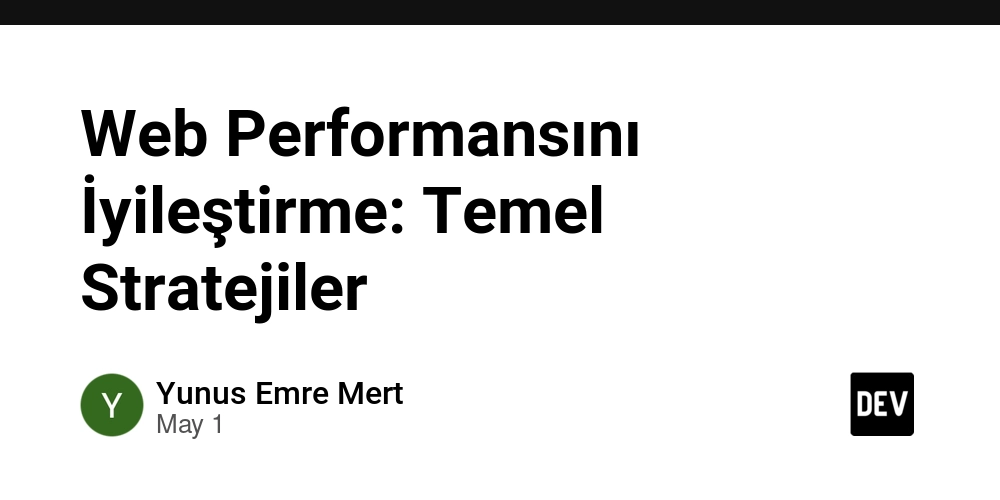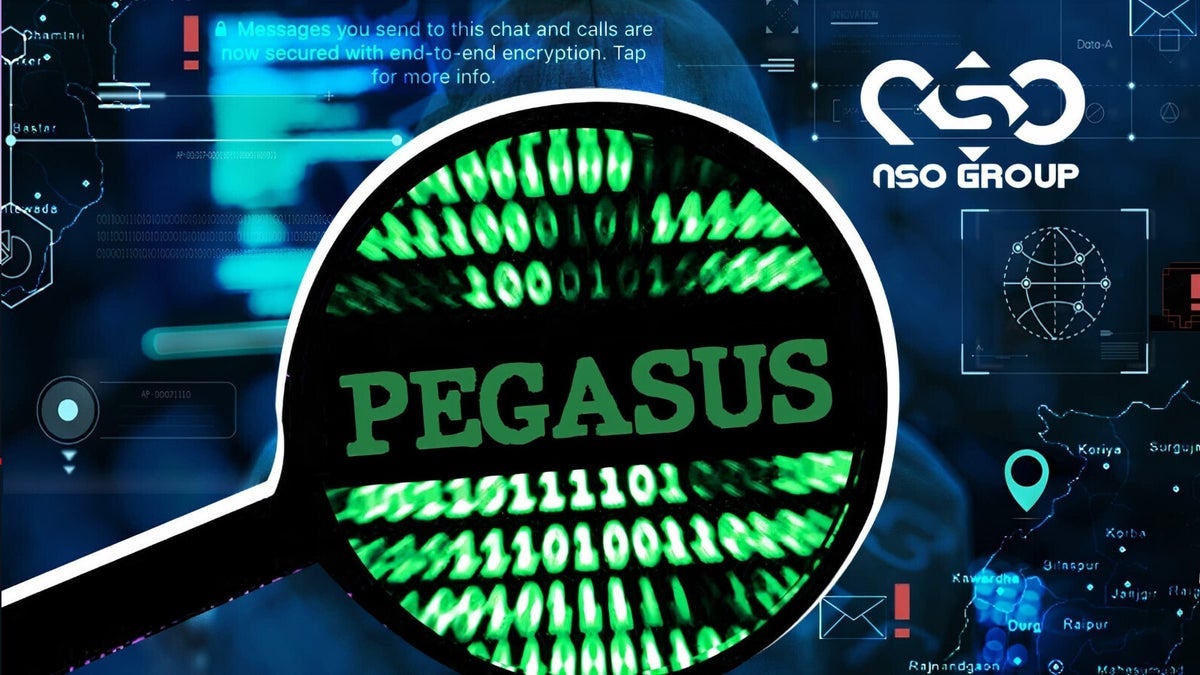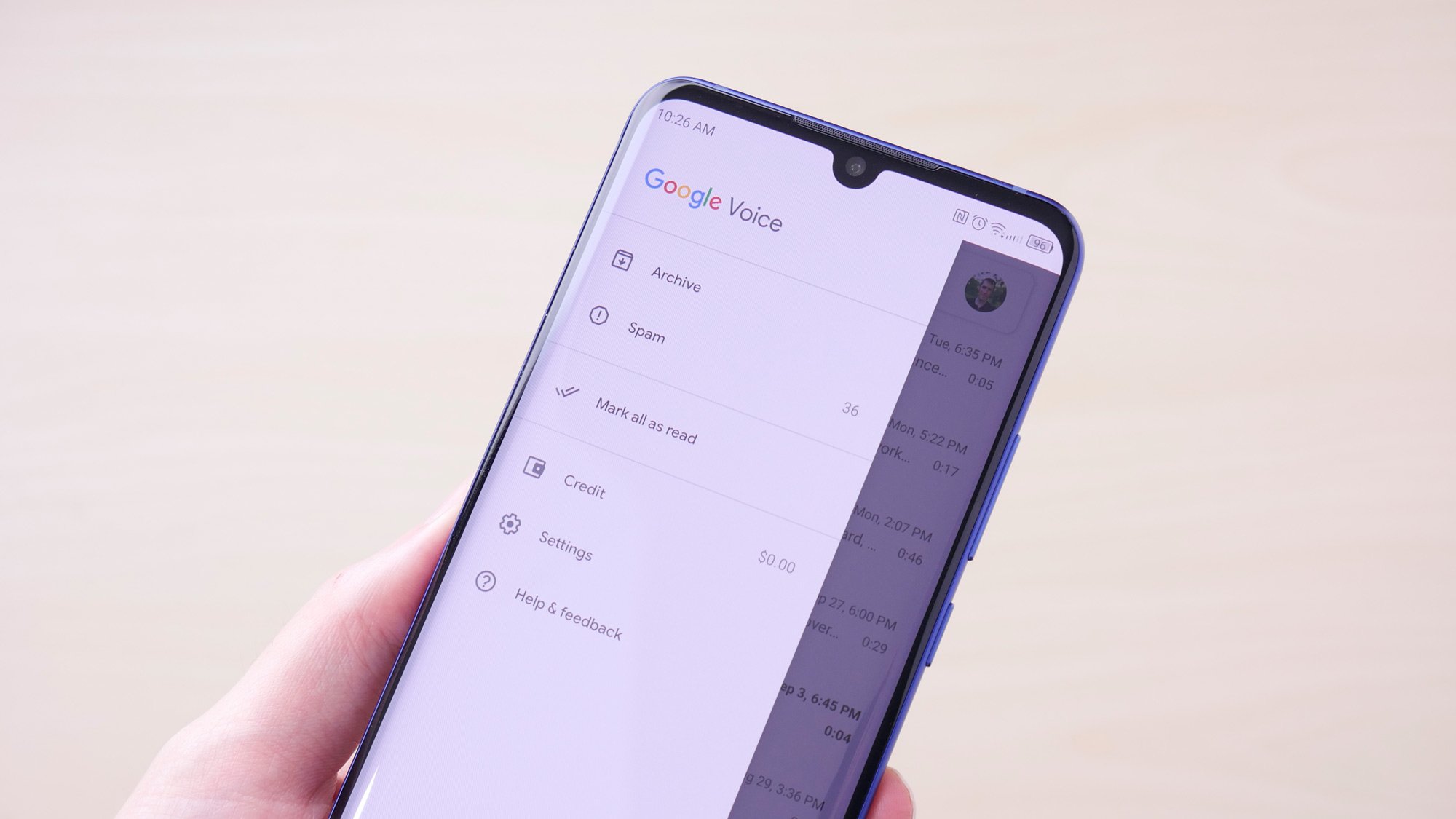Extended Detection and Response (XDR) – CISO Investment Trends
The cybersecurity landscape is evolving quickly, with CISOs grappling to protect increasingly complex hybrid environments against sophisticated threats. In this context, Extended Detection and Response (XDR) has emerged as a strategic priority, with global market projections estimating a compound annual growth rate (CAGR) of 20% from 2023 to 2030. CISOs are redirecting budgets toward XDR […] The post Extended Detection and Response (XDR) – CISO Investment Trends appeared first on Cyber Security News.
 CISO Investment Trends.webp?#)
The cybersecurity landscape is evolving quickly, with CISOs grappling to protect increasingly complex hybrid environments against sophisticated threats.
In this context, Extended Detection and Response (XDR) has emerged as a strategic priority, with global market projections estimating a compound annual growth rate (CAGR) of 20% from 2023 to 2030.
CISOs are redirecting budgets toward XDR to unify visibility across endpoints, networks, and cloud workloads while automating threat detection and response.
This shift reflects a broader industry acknowledgment that siloed tools and reactive strategies are insufficient against ransomware, supply chain attack, and AI-driven threats.
By consolidating telemetry data and applying advanced analytics, XDR enables security teams to prioritize high-fidelity alerts and accelerate incident resolution a critical advantage in an era when median breach costs exceed $4.5 million.
The Strategic Imperative for XDR Adoption
CISOs are prioritizing XDR not merely as a technology upgrade but as a foundational shift in cybersecurity strategy. While valuable for compliance, legacy security information and event management (SIEM) systems often struggle with alert fatigue and fragmented visibility.
XDR addresses these gaps by correlating data from email gateways, identity providers, and cloud infrastructure to reconstruct attack timelines.
For example, a compromised user account triggering anomalous cloud storage downloads can now be traced back to a phishing email and lateral movement within minutes. This holistic approach reduces mean time to detect (MTTD) by 65% in mature implementations.
Furthermore, XDR’s automated playbooks enable understaffed teams to contain threats before critical assets are exfiltrated—a decisive factor for 78% of enterprises adopting the technology.
Five Pillars Driving XDR Investment Decisions
1. Platform Consolidation: CISOs are sunsetting niche tools favoring integrated XDR platforms that reduce licensing costs and operational overhead. A recent survey found that organizations using 15+ security tools experienced 12% slower response times than those with unified systems.
2. AI-Driven Threat Hunting: XDR vendors are embedding machine learning models trained on petabytes of global telemetry to identify stealthy attack patterns. These models detect credential stuffing campaigns 40% faster than traditional rules-based systems by analyzing authentication attempts across hybrid environments.
3. Cloud-Native Architecture: With 83% of enterprises adopting multi-cloud strategies, XDR solutions built on scalable cloud infrastructure can ingest and analyze data from AWS, Azure, and Kubernetes clusters without latency bottlenecks.
4. Proactive Risk Management: Advanced XDR platforms now integrate vulnerability assessment data, enabling security teams to prioritize patching based on real-time exploit attempts rather than CVSS scores alone.
5. Regulatory Alignment: GDPR and SEC disclosure rules push CISOs to adopt XDR’s centralized logging and automated reporting capabilities, reducing audit preparation time by up to 70%.
Building Future-Resilient Security Operations
The next evolution of XDR focuses on predictive analytics and ecosystem integration. Leading platforms are incorporating breach simulation tools that stress-test detection rules against MITRE ATT&CK TTPs, identifying coverage gaps before attackers exploit them.
For instance, simulations might reveal that lateral movement via RDP sessions isn’t monitored in specific network segments, prompting policy updates.
Zero Trust Synergy: XDR is becoming the enforcement layer for Zero Trust architectures. Continuously validating device posture and user behavior enables dynamic access control decisions. If an employee’s device exhibits suspicious process injections, XDR can automatically restrict access to sensitive databases while alerting analysts.
Vendor-Agnostic Flexibility: To avoid lock-in, CISOs are demanding open XDR platforms that integrate with existing EDR, firewalls, and threat intelligence feeds. This approach preserves previous investments while adding cross-domain correlation, a balance 62% of enterprises cite as critical for phased rollouts.
As adversarial AI lowers the barrier for sophisticated attacks, XDR’s value proposition will hinge on its ability to unify prevention, detection, and response into a single operational framework.
CISOs who treat XDR as a force multiplier for their teams rather than just a technology purchase will be best positioned to navigate the coming decade’s threats.
Find this News Interesting! Follow us on Google News, LinkedIn, & X to Get Instant Updates!
The post Extended Detection and Response (XDR) – CISO Investment Trends appeared first on Cyber Security News.




















































_courtesy_VERTICAL.jpg)




















































































































![[The AI Show Episode 145]: OpenAI Releases o3 and o4-mini, AI Is Causing “Quiet Layoffs,” Executive Order on Youth AI Education & GPT-4o’s Controversial Update](https://www.marketingaiinstitute.com/hubfs/ep%20145%20cover.png)






























































































































![[DEALS] Mail Backup X Individual Edition: Lifetime Subscription (72% off) & Other Deals Up To 98% Off – Offers End Soon!](https://www.javacodegeeks.com/wp-content/uploads/2012/12/jcg-logo.jpg)






























































































































![Google reveals NotebookLM app for Android & iPhone, coming at I/O 2025 [Gallery]](https://i0.wp.com/9to5google.com/wp-content/uploads/sites/4/2025/05/NotebookLM-Android-iPhone-6-cover.jpg?resize=1200%2C628&quality=82&strip=all&ssl=1)

























































































































![Apple Reports Q2 FY25 Earnings: $95.4 Billion in Revenue, $24.8 Billion in Net Income [Chart]](https://www.iclarified.com/images/news/97188/97188/97188-640.jpg)









































































































